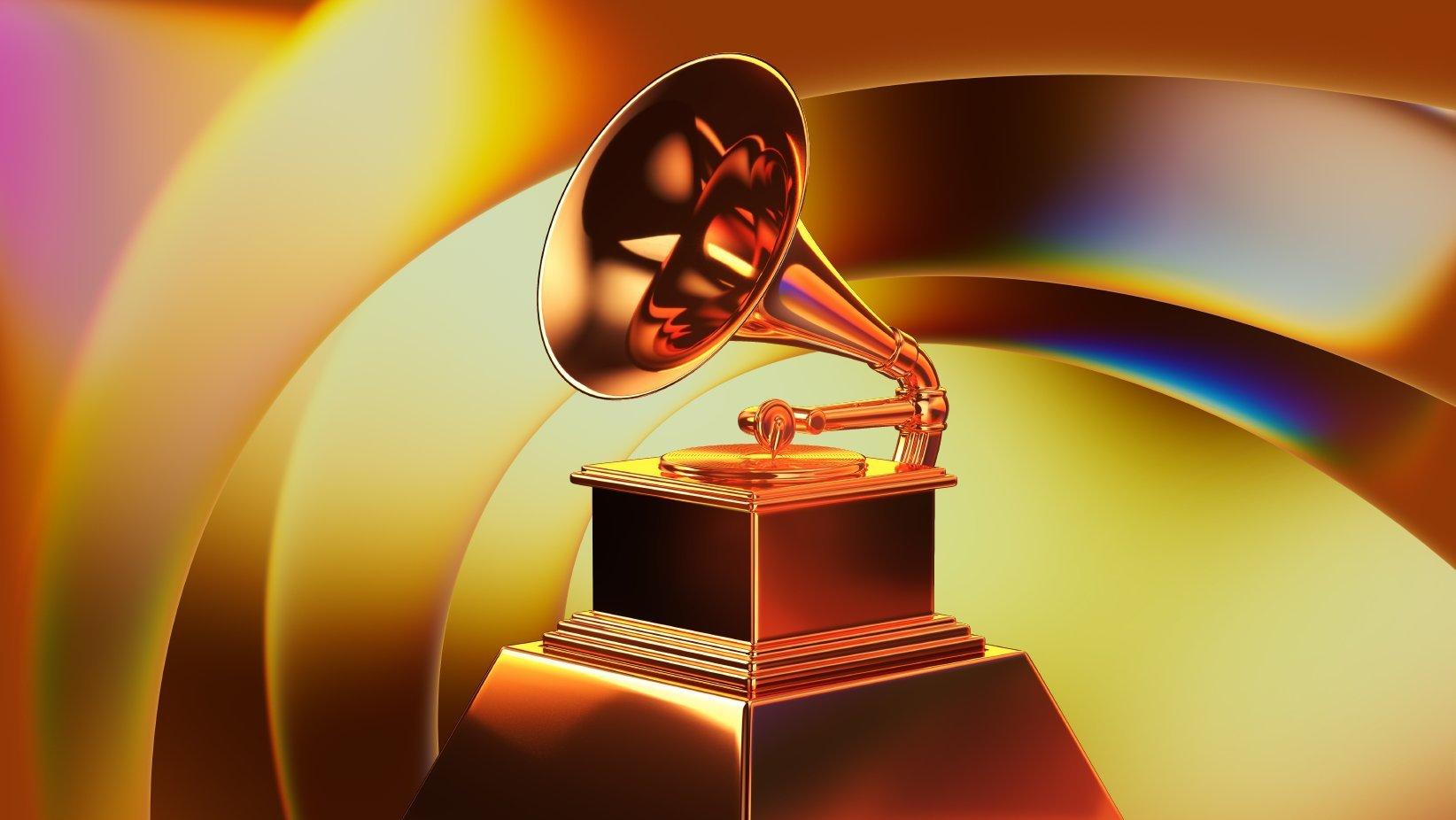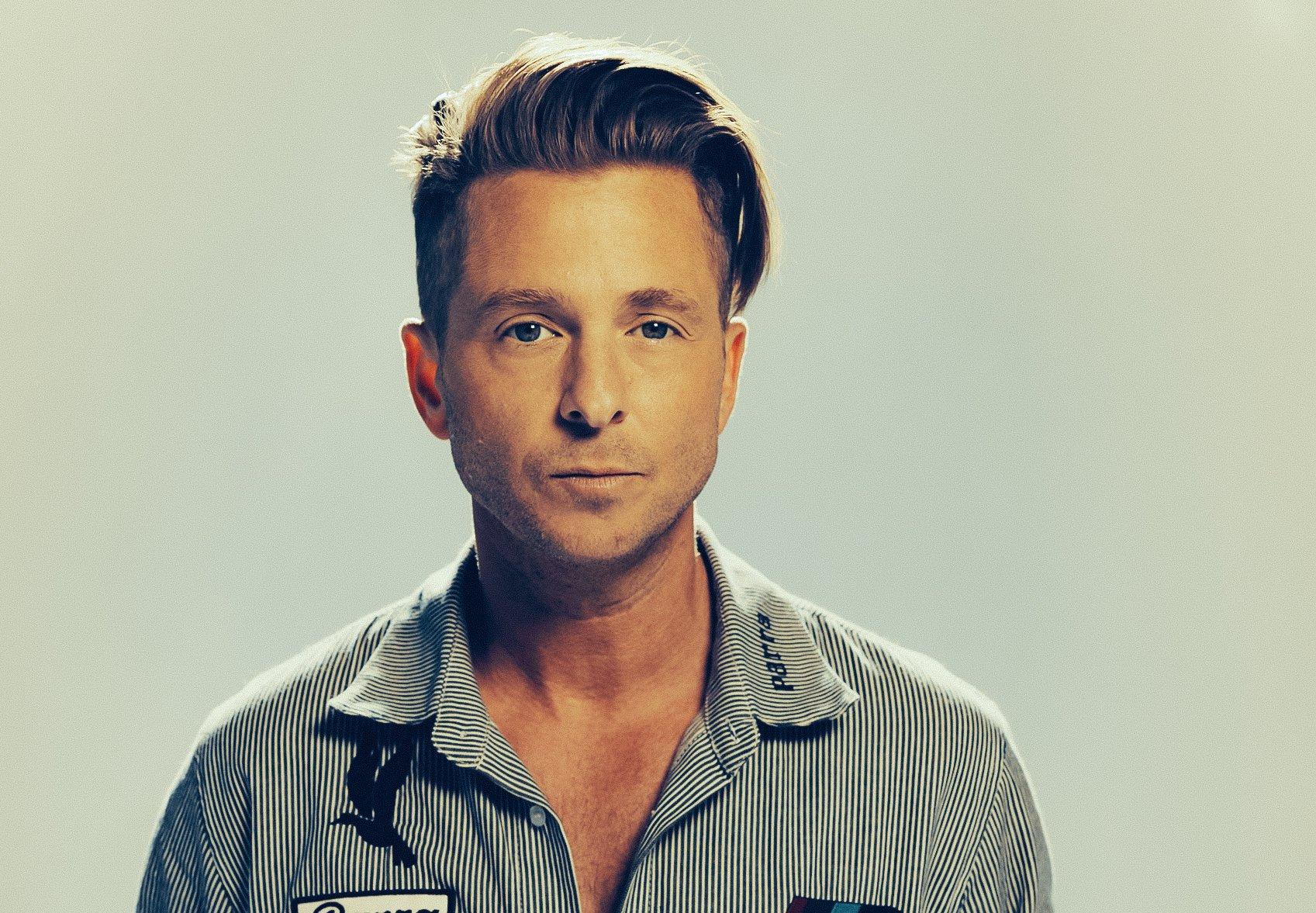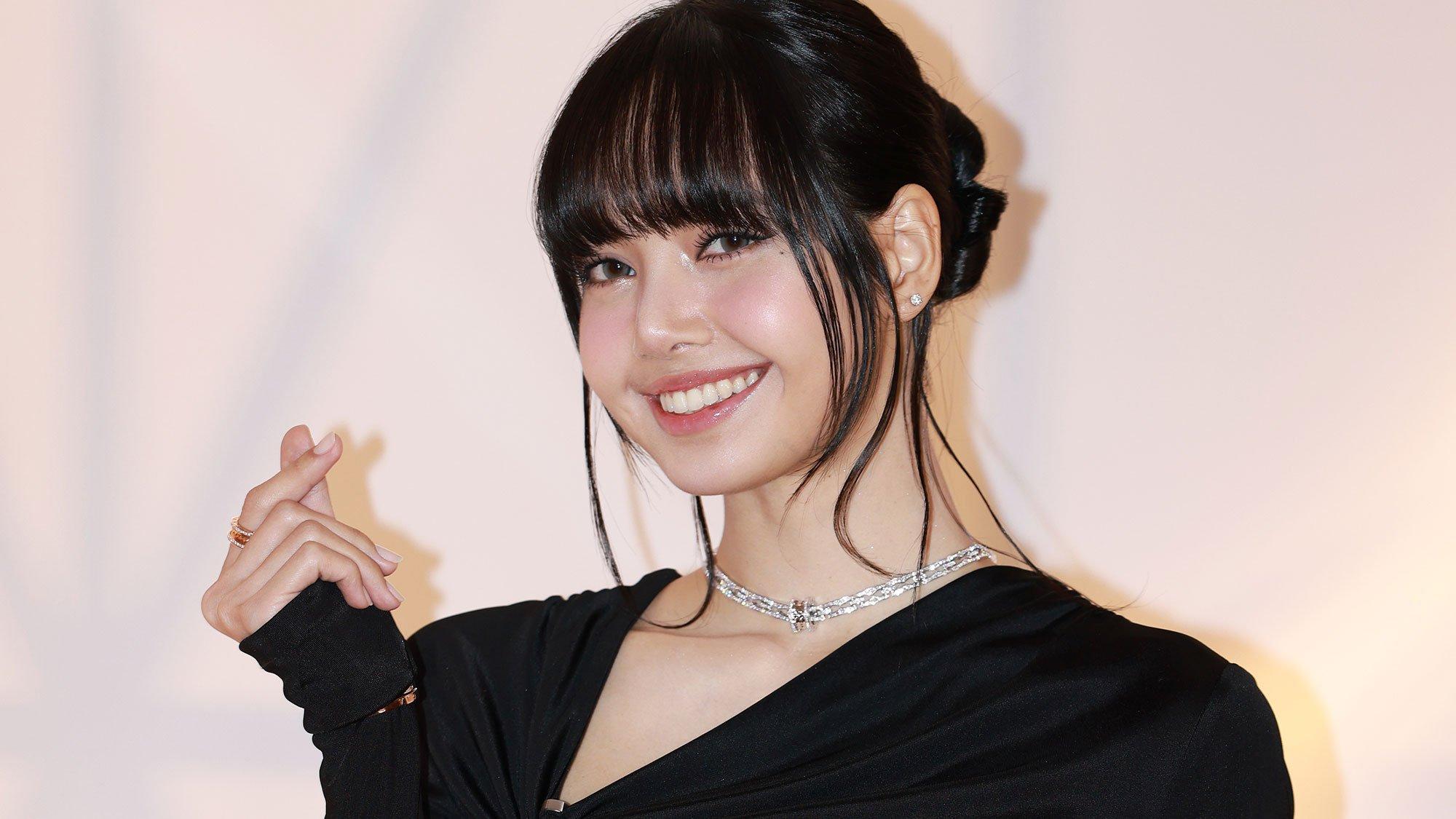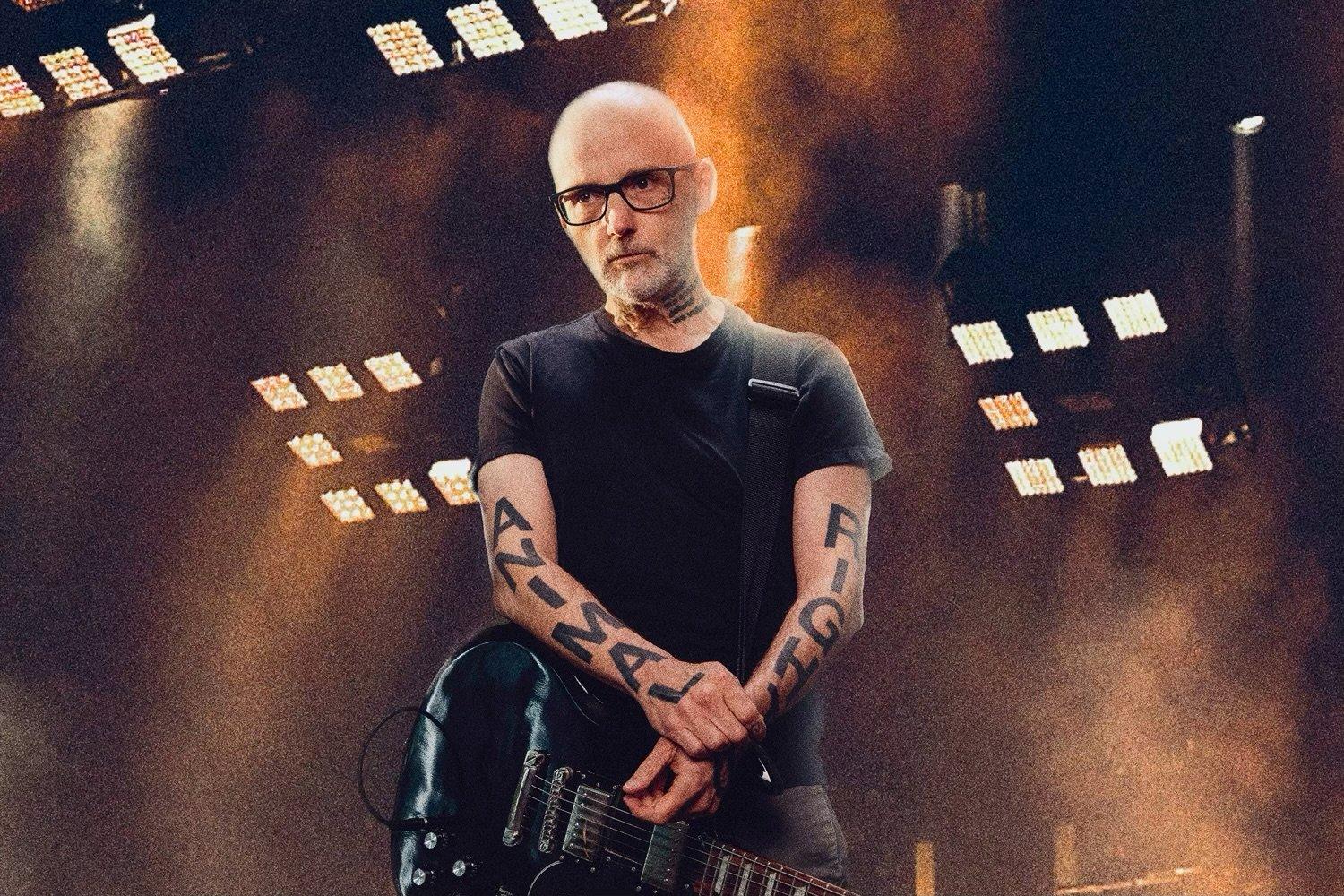Editor's Note: The 2022 GRAMMYs Awards show, officially known as the 64th GRAMMY Awards, has been rescheduled to Sunday, April 3, at the MGM Grand Garden Arena in Las Vegas. The below article was updated on Tuesday, Jan. 18, to reflect the new show date and location.
The GRAMMY for Album Of The Year is one of the most prestigious and coveted awards a musician can receive. At the 2022 GRAMMYs Awards show, officially known as the 64th GRAMMY Awards, there will be some heady competition for the title.
For the 2022 GRAMMYs, Jon Batiste's WE ARE, Tony Bennett's and Lady Gaga's Love for Sale, Justin Bieber's Justice (Triple Chucks Deluxe), Doja Cat's Planet Her (Deluxe), Billie Eilish's Happier Than Ever, H.E.R.'s Back of My Mind, Lil Nas X's Montero, Olivia Rodrigo's Sour, Taylor Swift's Evermore and Kanye West's Donda have been nominated for Album Of The Year.
Who will take home the golden gramophone in this most vaunted of categories? Will it be Bennett, who just gave the world his farewell gift? Lil Nas X, who metamorphosed from novelty act to a full-fledged, out-and-proud pop star? Perhaps Olivia Rodrigo, who synthesized pop-punk, emo and indie pop like few before her? Or any of the other luminaries on the list?
Ahead of the 2022 GRAMMYs ceremony on April 3, here's a rundown of the Album Of The Year nominees.
Nominations for the 2022 GRAMMYs Awards show are officially here! See the full list of nominations.\
Jon Batiste — WE ARE
<style>.embed-container { position: relative; padding-bottom: 56.25%; height: 0; overflow: hidden; max-width: 100%; } .embed-container iframe, .embed-container object, .embed-container embed { position: absolute; top: 0; left: 0; width: 100%; height: 100%; }</style><div class='embed-container'><iframe src='https://www.youtube.com/embed//AXT00sWwuTQ' frameborder='0' allowfullscreen></iframe></div>
The Stay Human bandleader works in a multitude of formats, from film soundtracks to American Symphony, an upcoming large-scale work at Carnegie Hall.
"I'm involved in so many different types of things that so much of my life is balancing the amount of things I have going on and maintaining artistic integrity and keeping my values intact," he told GRAMMY.com in 2021. "It's hard to even encapsulate in one presentation of a thought."
But as a plain old album artist, he's as inventive and luminous as ever — as attests his genre-straddling 2021 album WE ARE — which features other rootsy, GRAMMY-honored greats like PJ Morton, Trombone Shorty and the Hot 8 Brass Band.
Tracks like "FREEDOM," "TELL THE TRUTH" and the title track show that this unique American talent may be kaleidoscopic in his pursuits, but he's able to hone his multifarious talents to a fine point.
Read More: Jon Batiste Talks New Album We Are, His Brain-Breaking Itinerary & Achieving "Freedom" From Genre
Tony Bennett and Lady Gaga, Love for Sale
<style>.embed-container { position: relative; padding-bottom: 56.25%; height: 0; overflow: hidden; max-width: 100%; } .embed-container iframe, .embed-container object, .embed-container embed { position: absolute; top: 0; left: 0; width: 100%; height: 100%; }</style><div class='embed-container'><iframe src='https://www.youtube.com/embed//0mv5nYdOBq4' frameborder='0' allowfullscreen></iframe></div>
After more than seven decades in the game, Bennett is hanging up his mic: the vocal jazz titan (and Frank Sinatra's BFF) recently retired at 95 due to his worsening Alzheimer's.
Before he did, though, the 18-time GRAMMY winner signed off with this classy program of well-worn Cole Porterstandards with Lady Gaga — herself a 12-time GRAMMY winner.
"There's a lot about him that I miss because he's not the old Tony anymore," Bennett's wife, Susan Benedetto, recently expressed in light of his diagnosis. "But when he sings, he's the old Tony."
Indeed, Love for Sale is the work of an American icon not fading away, but going out on top — and Gaga's inspired counterpoint is a fundamental reason it works so well.
Take A Look Back: For The Record: The Liberating Joy Of Lady Gaga's Born This Way At 10
Justin Bieber — Justice (Triple Chucks Deluxe)
<style>.embed-container { position: relative; padding-bottom: 56.25%; height: 0; overflow: hidden; max-width: 100%; } .embed-container iframe, .embed-container object, .embed-container embed { position: absolute; top: 0; left: 0; width: 100%; height: 100%; }</style><div class='embed-container'><iframe src='https://www.youtube.com/embed//v3azSDnBWIc' frameborder='0' allowfullscreen></iframe></div>
The cherubic teenybopper turned mature artist made a quantum leap with his 2020 album Changes. And if its follow-up is any indicator, that momentum shows no signs of slowing.
Justice, which arrived in the spring of 2021, is where the two-time GRAMMY winner and 14-time nominee got rangier than ever and trumpeted his personal values loudest. No longer was he projecting a bad-boy image or a redemption arc, but simply being an artist.
On tracks like "As I Am," "Hold On" and "Peaches," Bieber came to the table with a clear message to the world — both personal and apropos to the wild world where he grew up in public.
Take A Look Back: The GRAMMY Oral History: Justin Bieber's Purpose
Doja Cat — Planet Her (Deluxe)
<style>.embed-container { position: relative; padding-bottom: 56.25%; height: 0; overflow: hidden; max-width: 100%; } .embed-container iframe, .embed-container object, .embed-container embed { position: absolute; top: 0; left: 0; width: 100%; height: 100%; }</style><div class='embed-container'><iframe src='https://www.youtube.com/embed//dI3xkL7qUAc' frameborder='0' allowfullscreen></iframe></div>
As pop trajectories go, Doja Cat has had one of the oddest in recent memory — the TikTok wunderkind undulating in a cow costume has now perforated the highest echelon of the music industry. But the mind-blowing success of Planet Her shows her zenith is still ahead of her.
With a little help from collaborators Young Thug, Ariana Grande, the Weeknd, J.I.D. and SZA, she cooks up an assemblage of pop pleasures, like "Payday," "Need to Know" and "Kiss Me More." With "Mooo!" in the rearview and a massive debut album under her belt, the world is Doja Cat's oyster.
Read More: From Meme Queen To Popstar: Revisiting Doja Cat's Inevitable Breakout
Billie Eilish — Happier Than Ever
<style>.embed-container { position: relative; padding-bottom: 56.25%; height: 0; overflow: hidden; max-width: 100%; } .embed-container iframe, .embed-container object, .embed-container embed { position: absolute; top: 0; left: 0; width: 100%; height: 100%; }</style><div class='embed-container'><iframe src='https://www.youtube.com/embed/b_rn7bwD8qQ' frameborder='0' allowfullscreen></iframe></div>
It was anyone's guess where Eilish (and her talented brother FINNEAS) could have gone after When We All Fall Asleep, Where Do We Go?, but the seven-time GRAMMY winner went deeper than any of us could have imagined.
With a dyed-blonde Billie on the cover and gems like "My Future,” "Your Power" and the title track in the grooves, Happier Than Ever is a masterclass in candor, restraint and elegance.
Happier Than Ever arguably crescendos with the interlude "Not My Responsibility," where Eilish has a few words for online vultures who judge her appearance — a musical mirror to the IDGAF approach she’s taken in this new era, kicking off with her viral Vogue cover story in May.
"Do my shoulders provoke you? Does my chest?/ Am I my stomach? My hips?" she asks in the track, in just above a whisper. "The body I was born with / Is it not what you wanted?"
Read More: Billie Eilish's Road To Happier Than Ever: How The Superstar Continues To Break Pop's Status Quo
H.E.R. — Back of My Mind
<style>.embed-container { position: relative; padding-bottom: 56.25%; height: 0; overflow: hidden; max-width: 100%; } .embed-container iframe, .embed-container object, .embed-container embed { position: absolute; top: 0; left: 0; width: 100%; height: 100%; }</style><div class='embed-container'><iframe src='https://www.youtube.com/embed//eOxmsnihI_c' frameborder='0' allowfullscreen></iframe></div>
As the traditional template of a Prince-style triple threat goes, H.E.R. has the whole package. Gabriella Sarmiento Wilson is an equally talented singer, songwriter and multi-instrumentalist. Now, the four-time GRAMMY winner is out with her bold and revealing debut album (but third Album of the Year contender overall), Back of My Mind.
"I often say things that I think we're afraid to say," Wilson told MTV News in 2021. "I sing the things that are sometimes hard to articulate, the things that sit in the back of our minds that we don't pay much attention to."
She's a smashing success at this spiritual work — personal-yet-universal tunes like "We Made It," "Bloody Waters" and "Hold On" express the hard emotions we're collectively feeling.
Take A Look Back: H.E.R. Wins Song Of The Year For "I Can't Breathe" | 2021 GRAMMY Awards Show
Lil Nas X — Montero
<style>.embed-container { position: relative; padding-bottom: 56.25%; height: 0; overflow: hidden; max-width: 100%; } .embed-container iframe, .embed-container object, .embed-container embed { position: absolute; top: 0; left: 0; width: 100%; height: 100%; }</style><div class='embed-container'><iframe src='https://www.youtube.com/embed//6swmTBVI83k' frameborder='0' allowfullscreen></iframe></div>
Some thought Lil Nas X had peaked with his Trent Reznor- and Atticus Ross-assisted "Old Town Road" and its various remixes — that his legacy would forever be hung on a single tune, "Mambo No. 5" or "Incense and Peppermints" style.
Of course, that's not what happened: The proudly gay and Black rapper, singer and songwriter let his critics eat crow with his debut album, Montero.
Colorful and heartfelt highlights like "Montero (Call Me By Your Name)," "Industry Baby" and "Thats What I Want" demonstrate that Lil Nas X has a multiplicity of roads ahead of him — all which lead straight into the heart of pop's future.
Take A Look Back: Lil Nas X, BTS & Billy Ray Cyrus Enter The "Old Town Road" Multiverse At The 2020 GRAMMYs
Olivia Rodrigo — Sour
<style>.embed-container { position: relative; padding-bottom: 56.25%; height: 0; overflow: hidden; max-width: 100%; } .embed-container iframe, .embed-container object, .embed-container embed { position: absolute; top: 0; left: 0; width: 100%; height: 100%; }</style><div class='embed-container'><iframe src='https://www.youtube.com/embed//gNi_6U5Pm_o' frameborder='0' allowfullscreen></iframe></div>
"Driver's License" would be enough for any artist to hang their hat on, but it was only the beginning for Rodrigo. As it turns out, all the various subgenres of the iPod generation — indie pop, pop-punk, emo — are grist for the mill.
Her debut album, Sour, is a freewheeling, emotionally rending trip through all those styles and more, the work of an artist who arrived fully-formed just shy of her 18th birthday.
Rodrigo's myriad of influences aside — Paramore and Billie Eilish are just two of the artists swimming around her consciousness — there's no mistaking her for anyone else. And that has a lot to do with her music's depth of emotional information.
"I hope people know that deep down, all that I do is write songs and talk about how I feel, and that's the most important thing to me," Rodrigo told Teen Vogue in 2021. "Everything else, I think, is not so important."
Taylor Swift — Evermore
<style>.embed-container { position: relative; padding-bottom: 56.25%; height: 0; overflow: hidden; max-width: 100%; } .embed-container iframe, .embed-container object, .embed-container embed { position: absolute; top: 0; left: 0; width: 100%; height: 100%; }</style><div class='embed-container'><iframe src='https://www.youtube.com/embed//RsEZmictANA' frameborder='0' allowfullscreen></iframe></div>
We're so deep into the Taylor's Version era — and punch-drunk from the 10-minute version of "All Too Well" — that it's worth reminding ourselves just how paradigm-shifting Folklore and Evermore were back in 2020.
First, Swift ripped up the rulebook with Folklore, establishing her cottagecore aesthetic and deepening her storytelling acumen. Then she leaned into both even more — with a little help from go-to collaborators Aaron Dessner and Jack Antonoff.
"To put it plainly, we just couldn't stop writing songs," Swift said in a social media post. "To try and put it more poetically, it feels like we were standing on the edge of the folklorian woods and had a choice: to turn and go back or to travel further into the forest of this music."
Jewels like "Willow," "No Body, No Crime" (feat. Haim) and "Coney Island" (feat. the National)" show that Evermore doesn't suffer from sequelitis one iota — it's an equal and parallel force to its revelatory predecessor.
Read More: Taylor Swift's Road To Folklore: How The Superstar Evolved From 'Diaristic' Country Tunes To Her Most Progressive Music Yet
Kanye West — Donda
<style>.embed-container { position: relative; padding-bottom: 56.25%; height: 0; overflow: hidden; max-width: 100%; } .embed-container iframe, .embed-container object, .embed-container embed { position: absolute; top: 0; left: 0; width: 100%; height: 100%; }</style><div class='embed-container'><iframe src='https://www.youtube.com/embed//7SsrVGHJvaA' frameborder='0' allowfullscreen></iframe></div>
We only get one of these artists per generation — it was John Lennon, then Kurt Cobain, and now Kanye West.
Now that the compounding controversies, tabloid drama, on-and-off Drake beef and parade of album delaysare behind us, Donda reveals itself for what it is. Ye's latest is a messy, sprawling, experimental ode to grief and God from a Govinda-like searcher.
Follow the trajectory of these songs and you get a more-or-less clean arc from pure bluster ("I'm pulled over and I got priors!" from "Jail") to a plea for divine redemption ("Come and purify me, come and sanctify me/ You the air that I breathe, the ultra-ultralight beam," from "Come to Life.")
Take it all as a whole with the staggering, shocking performance-art events, and one message shines brightly through the smoke and mirrors: we can't do this on our own.
2022 GRAMMYs Awards Show: Complete Nominations List










